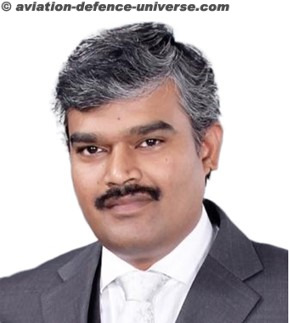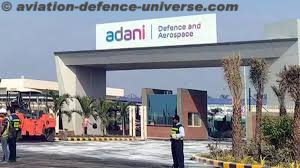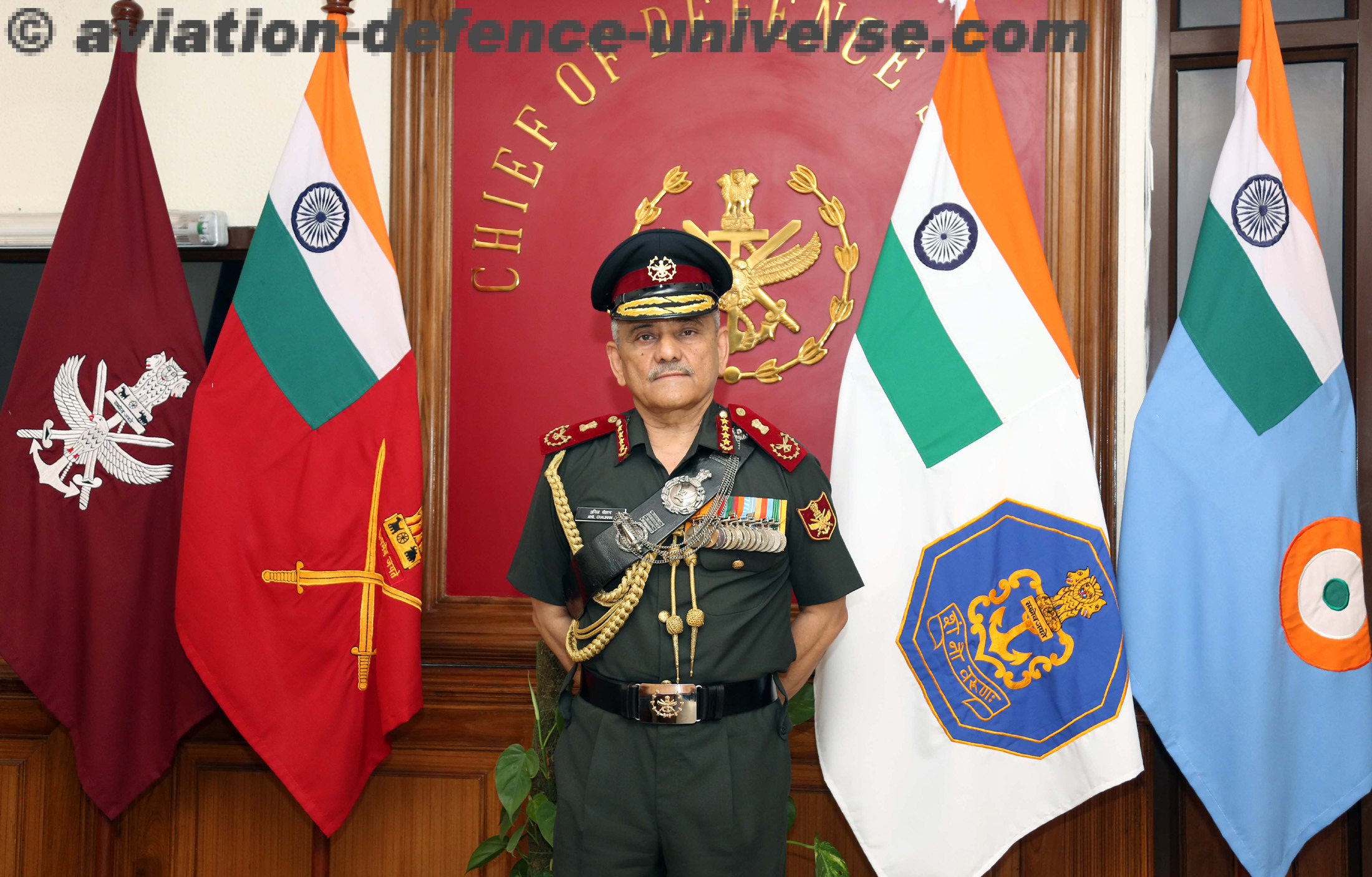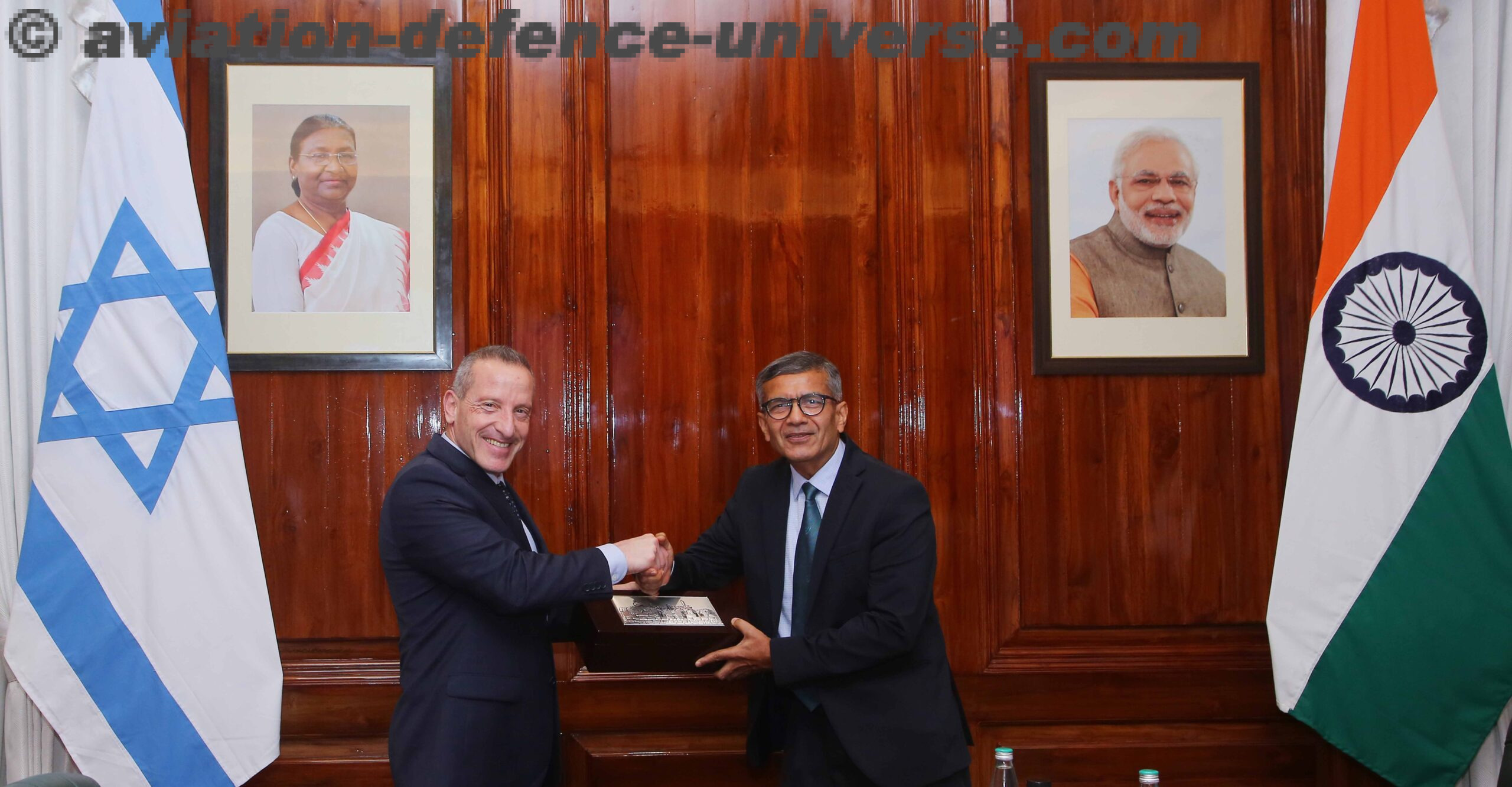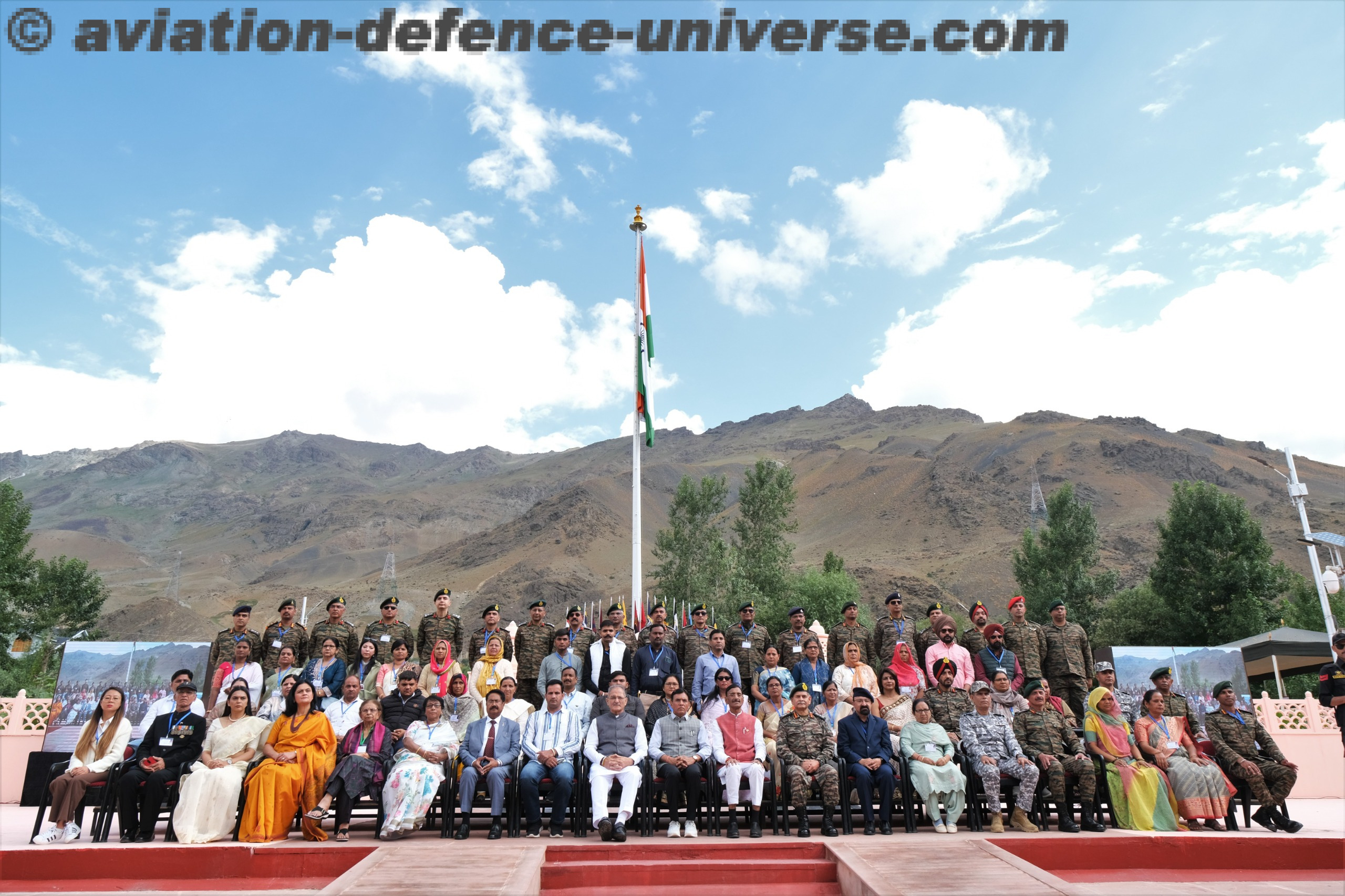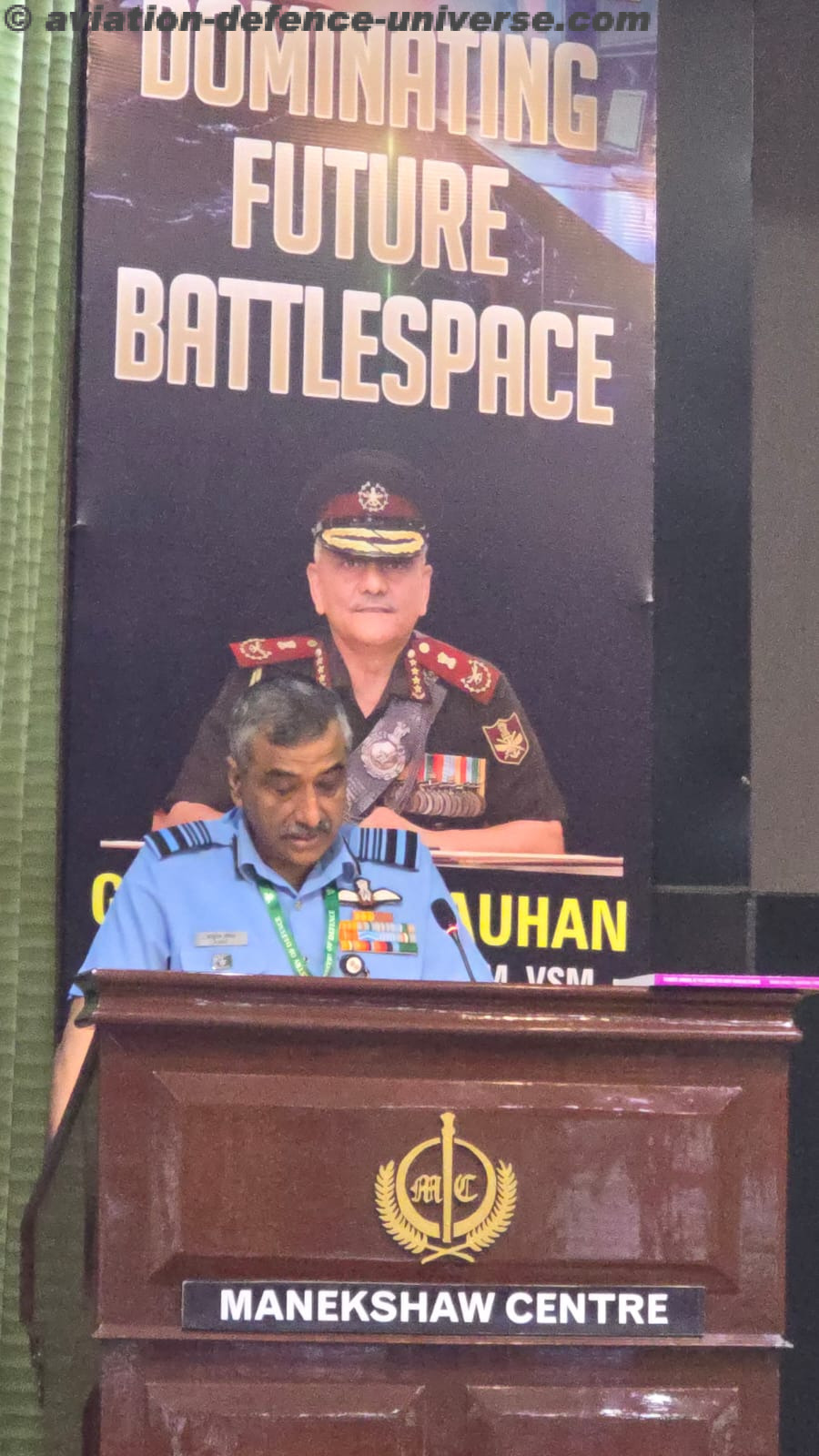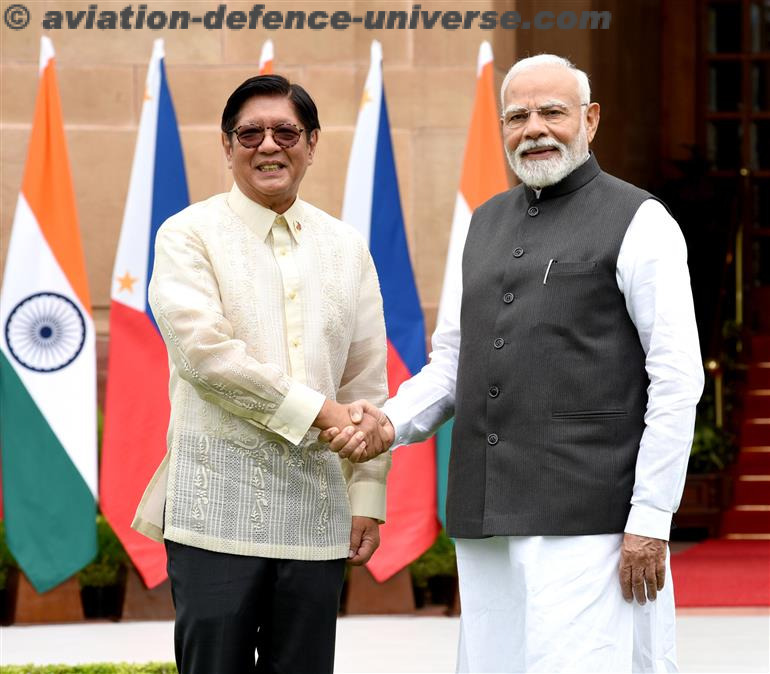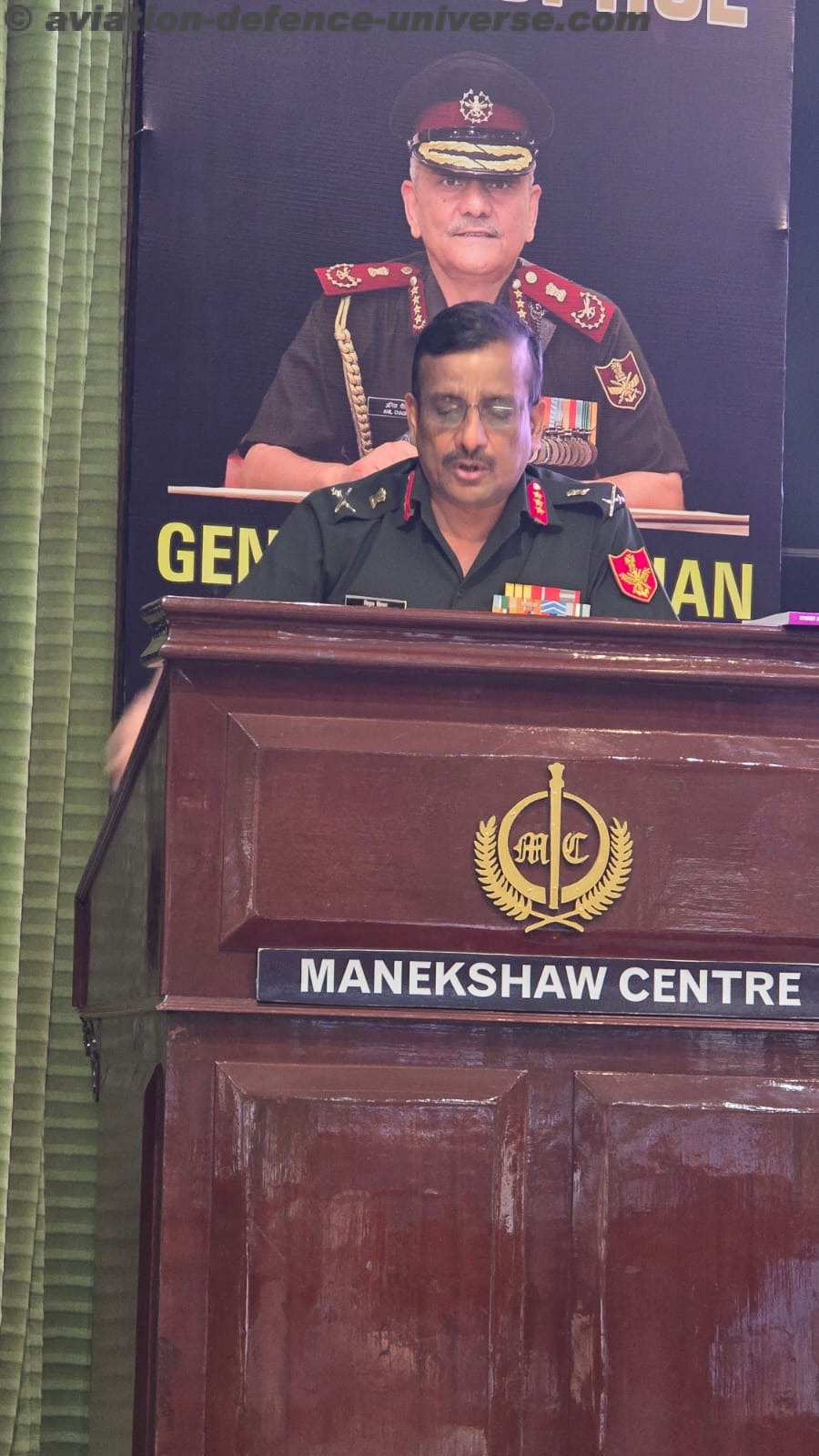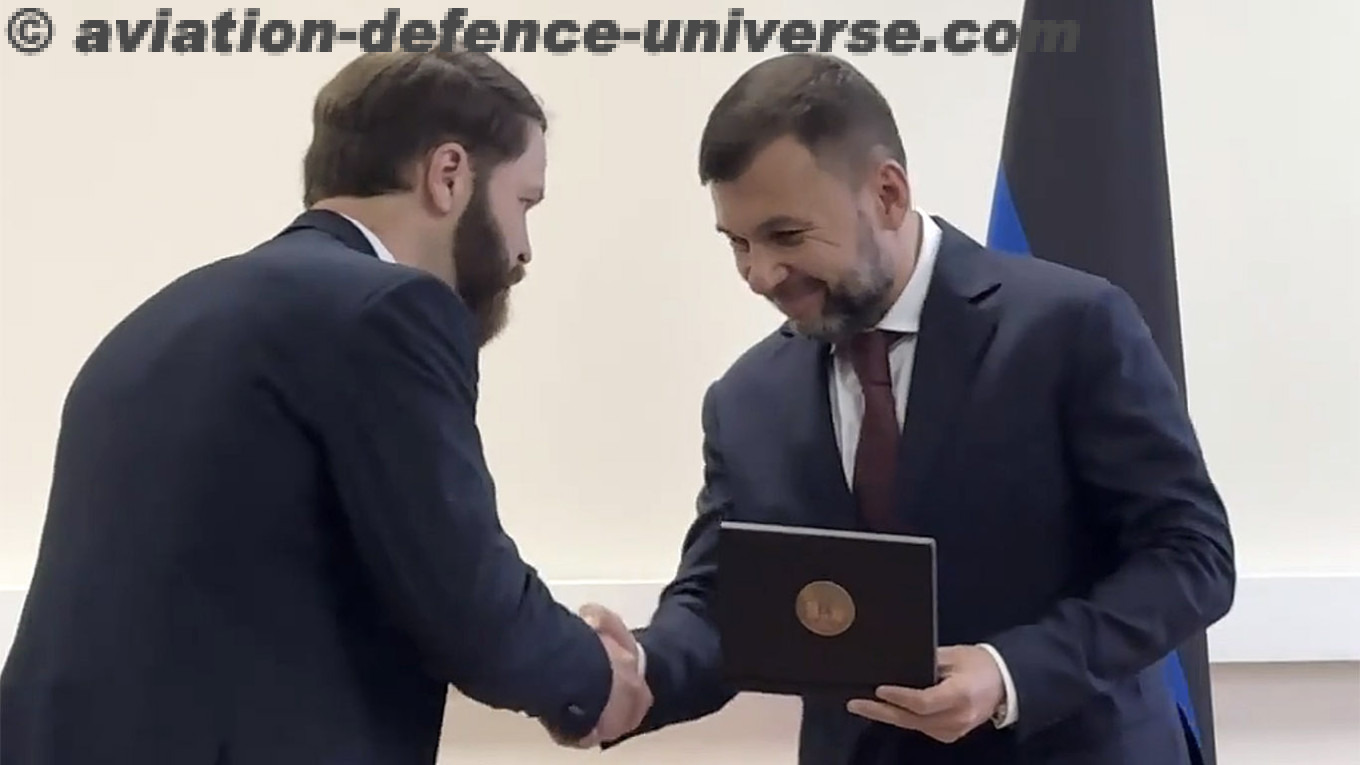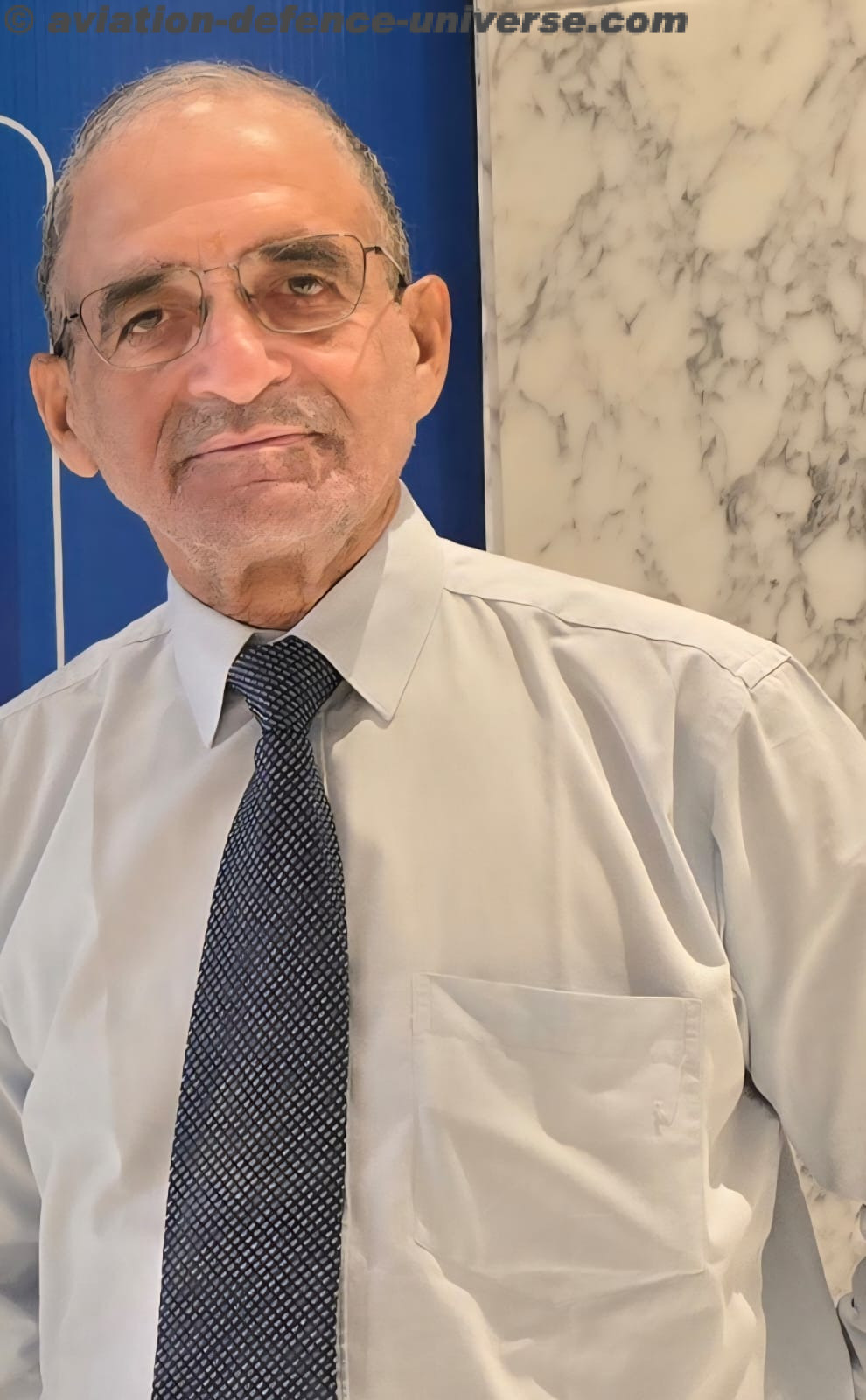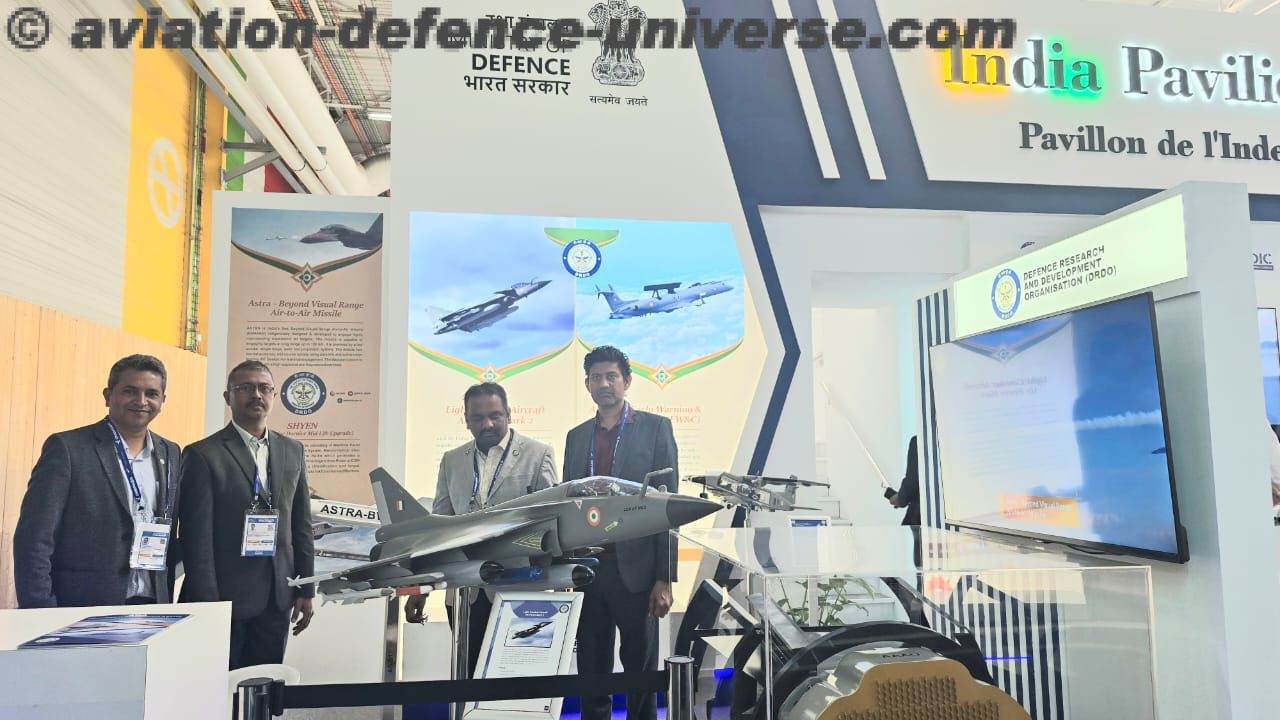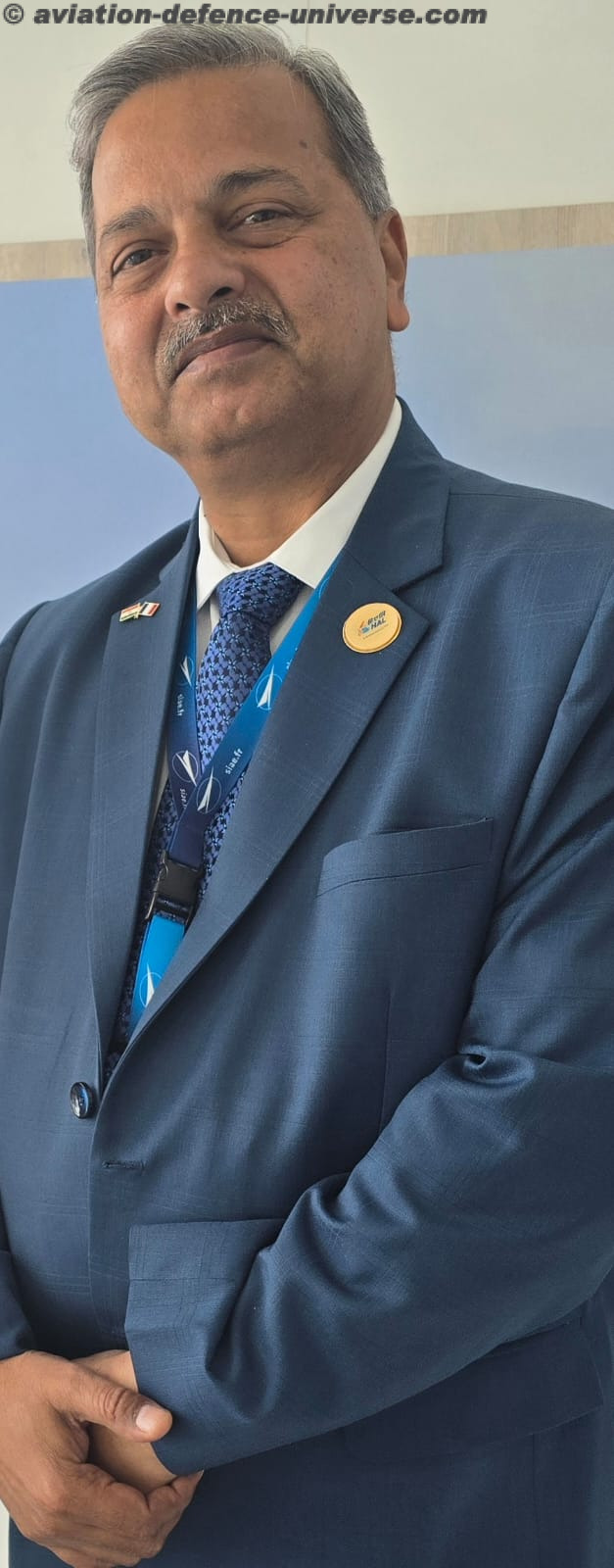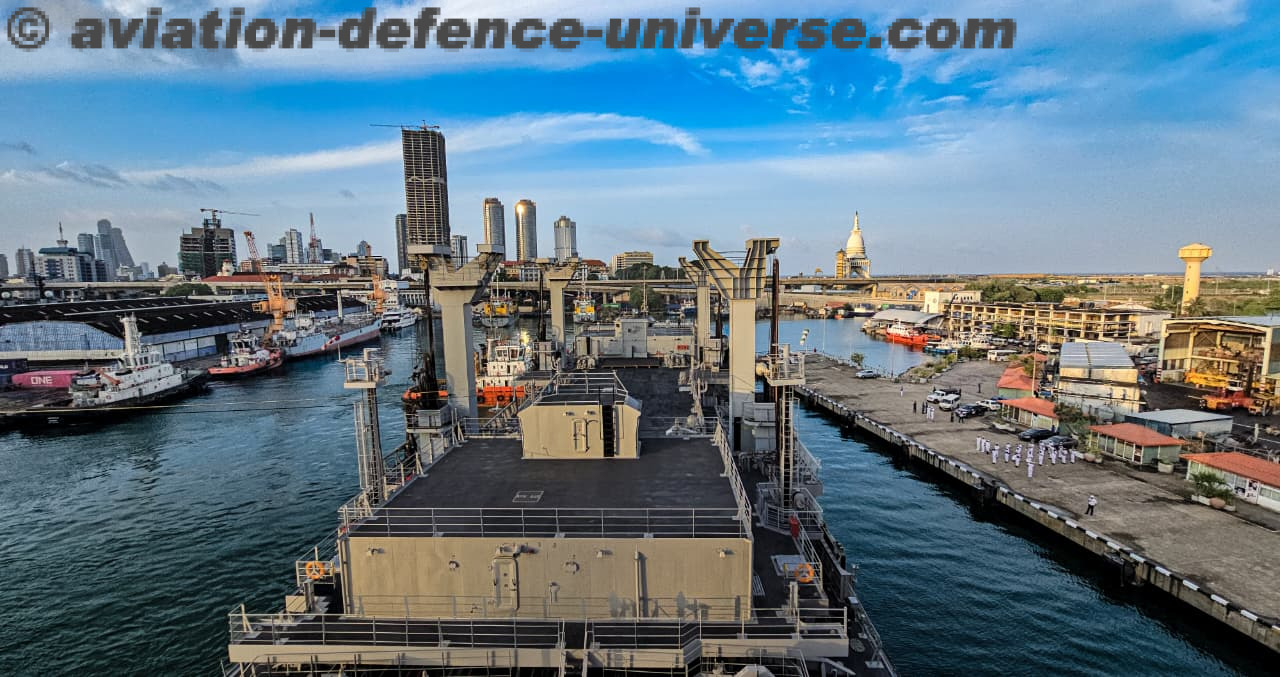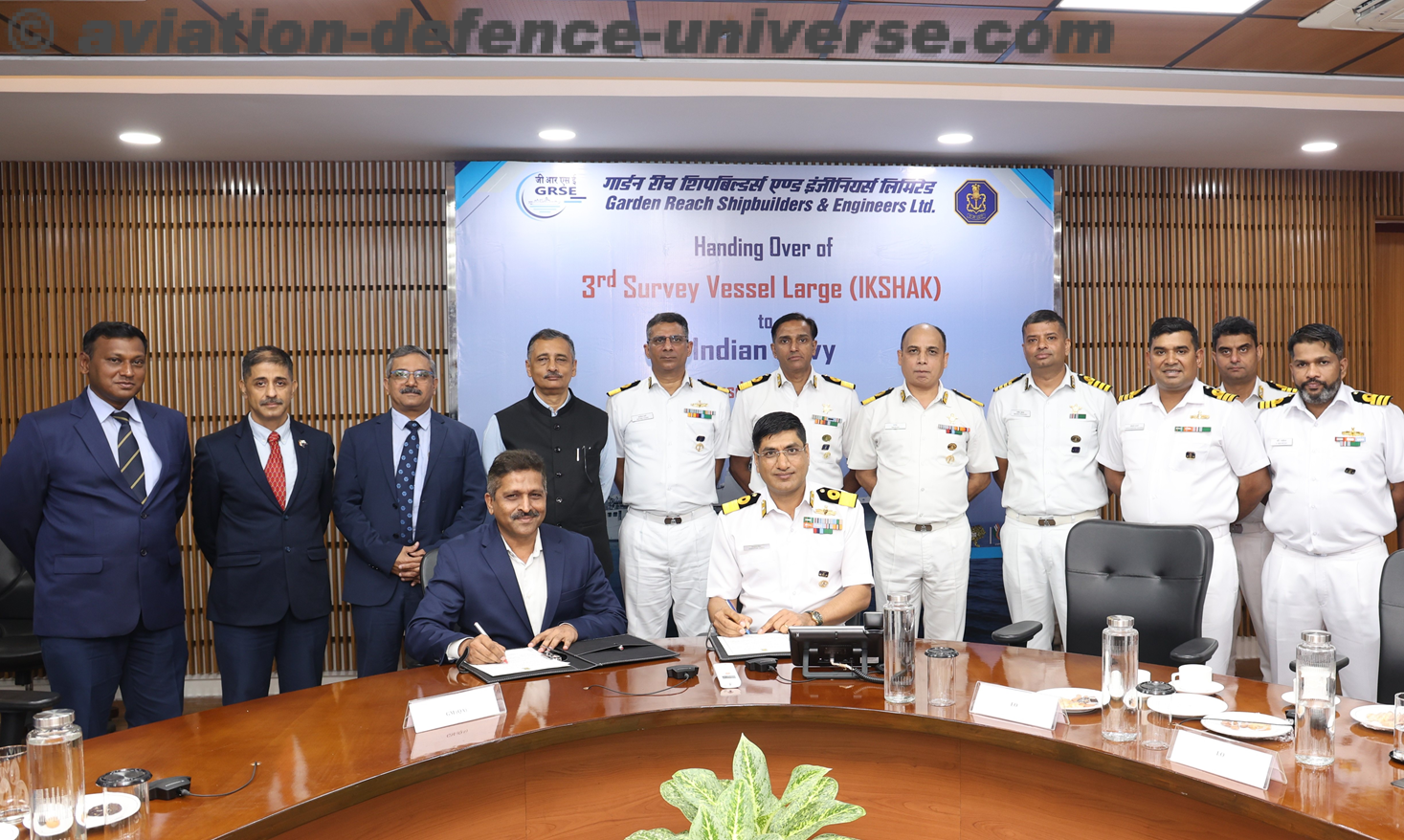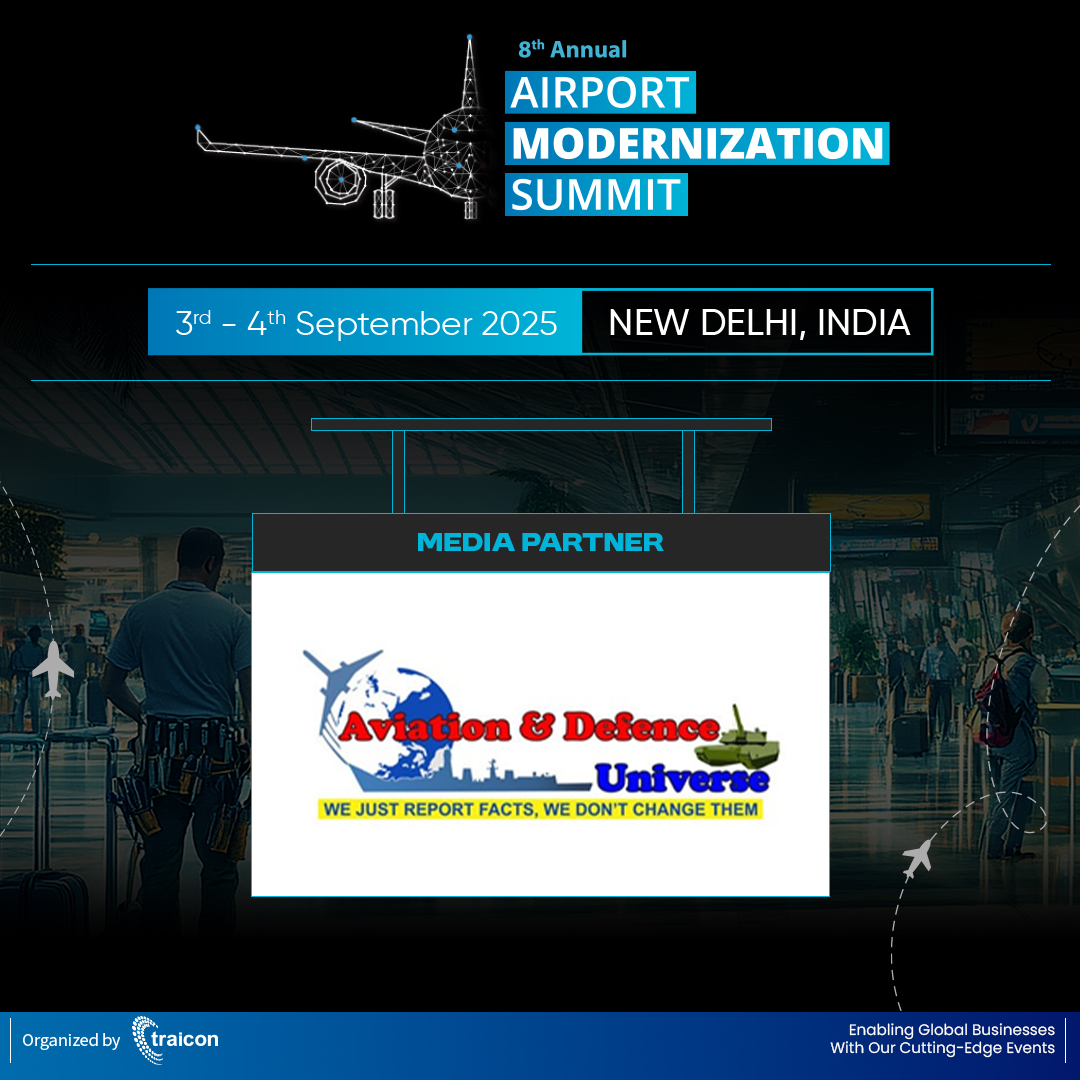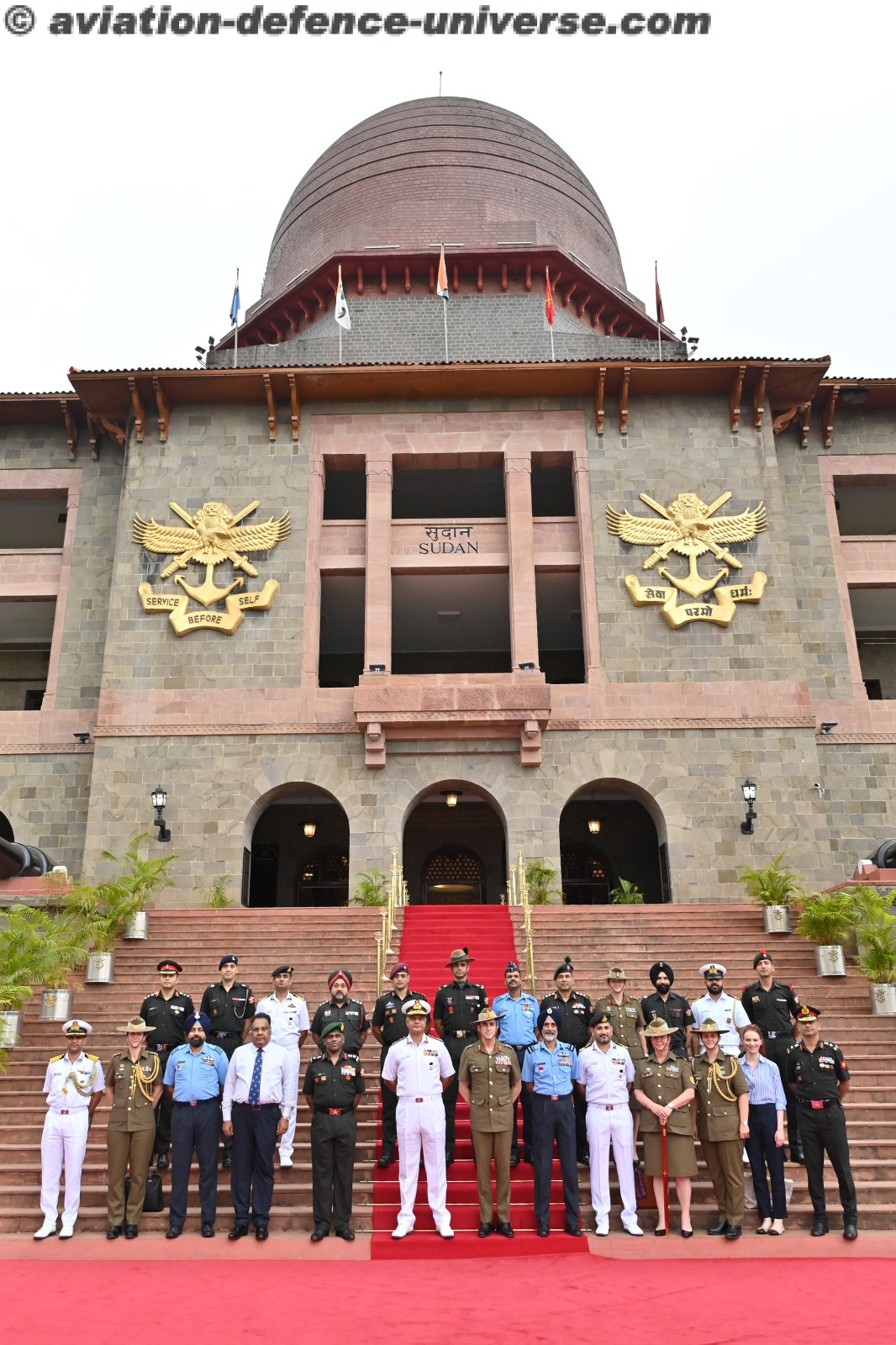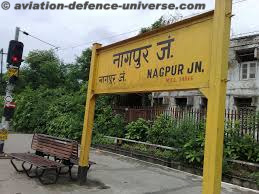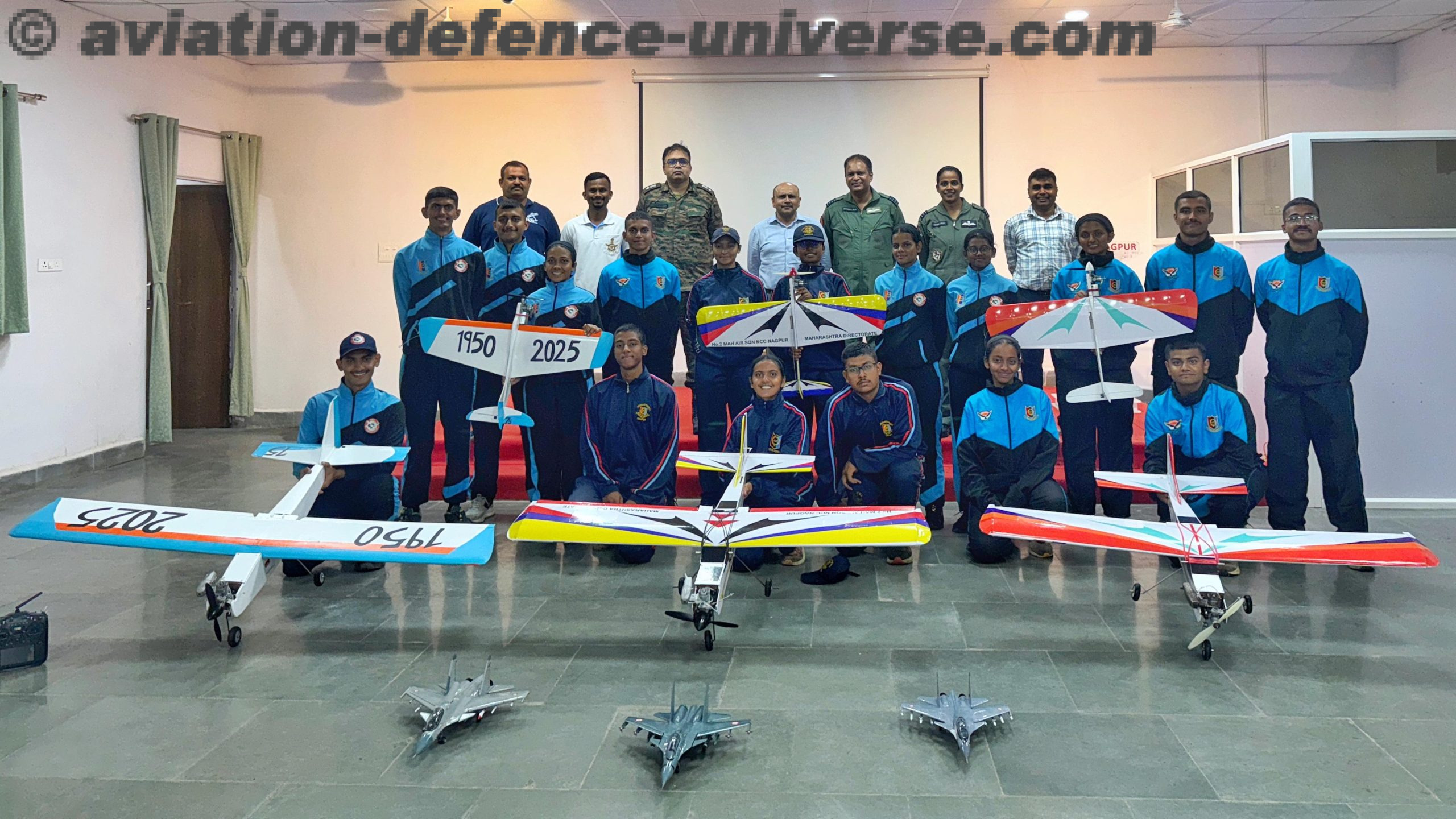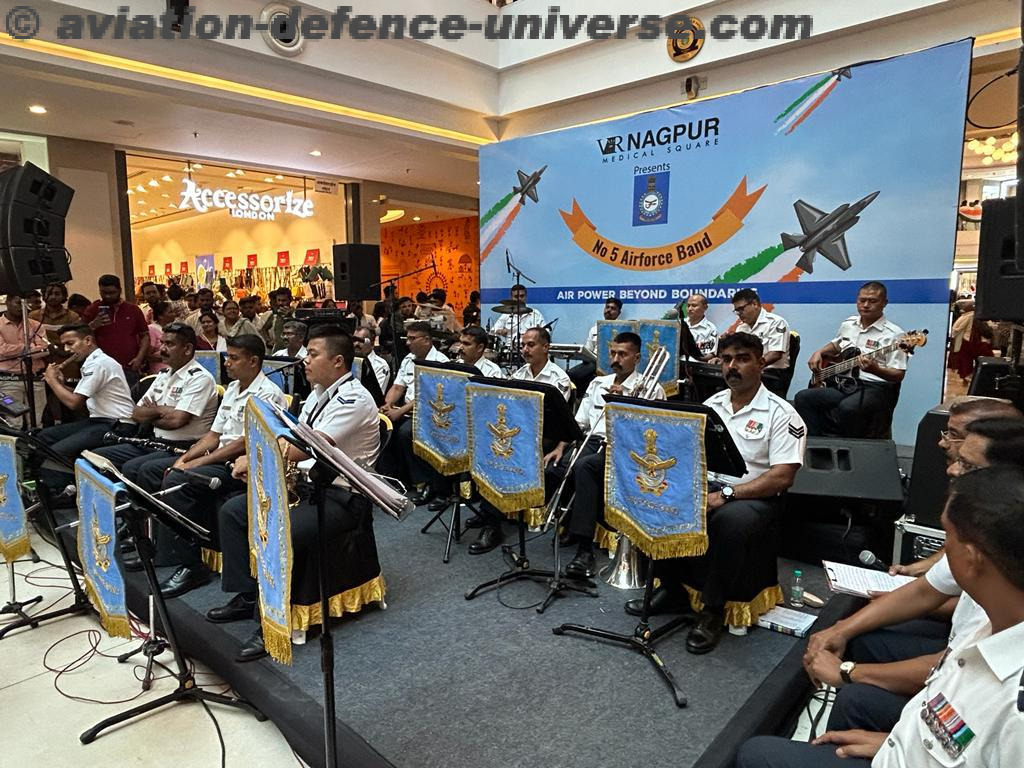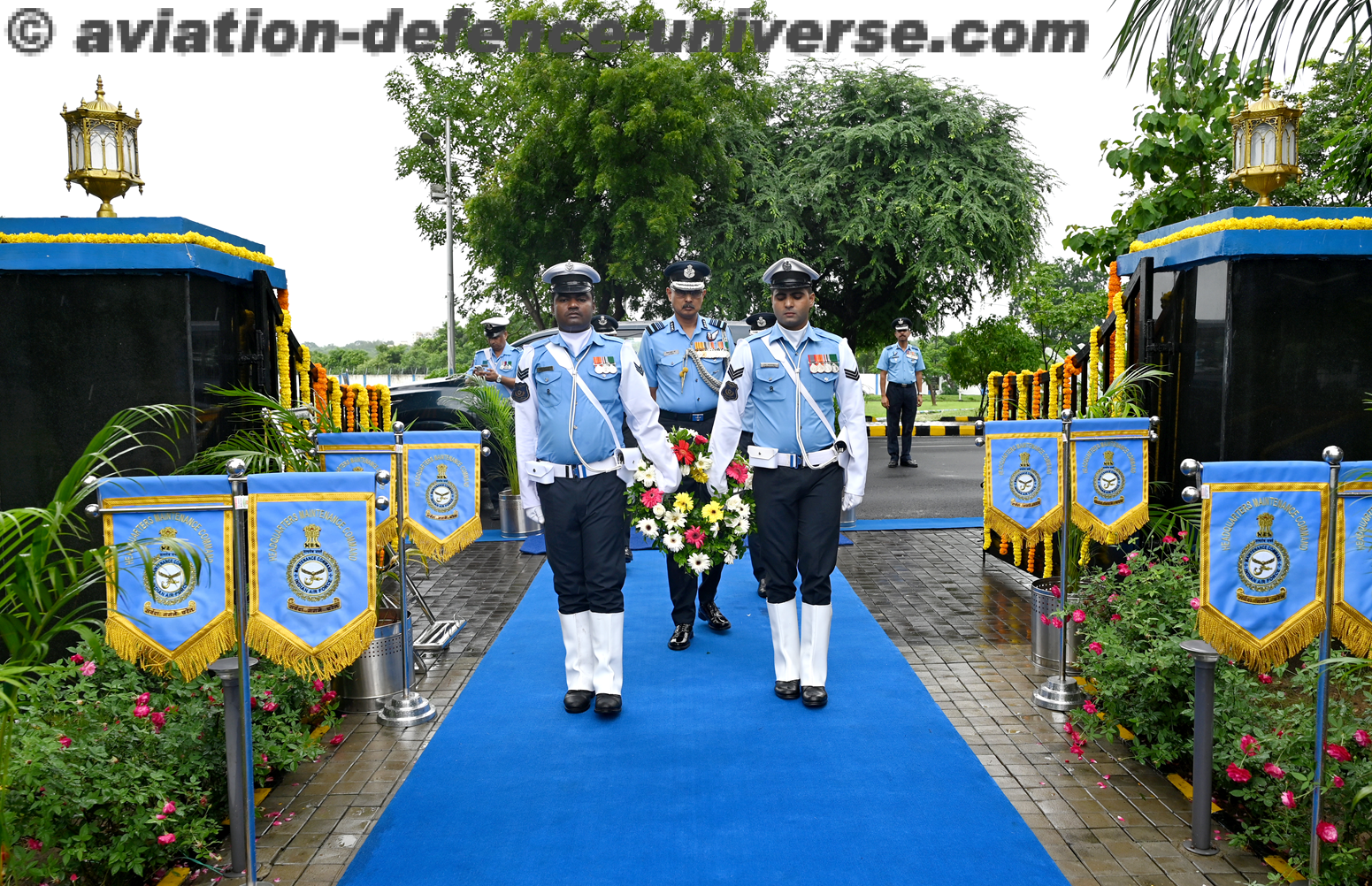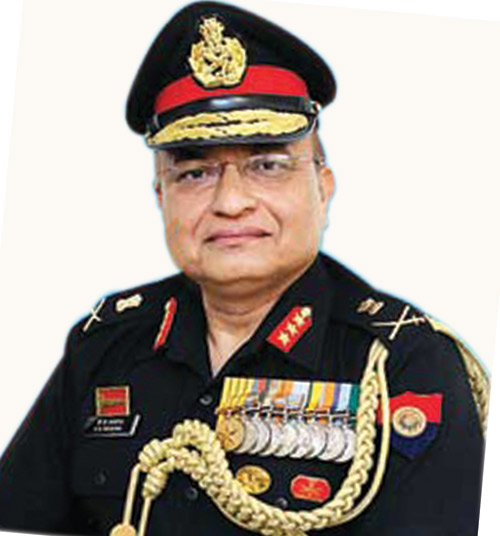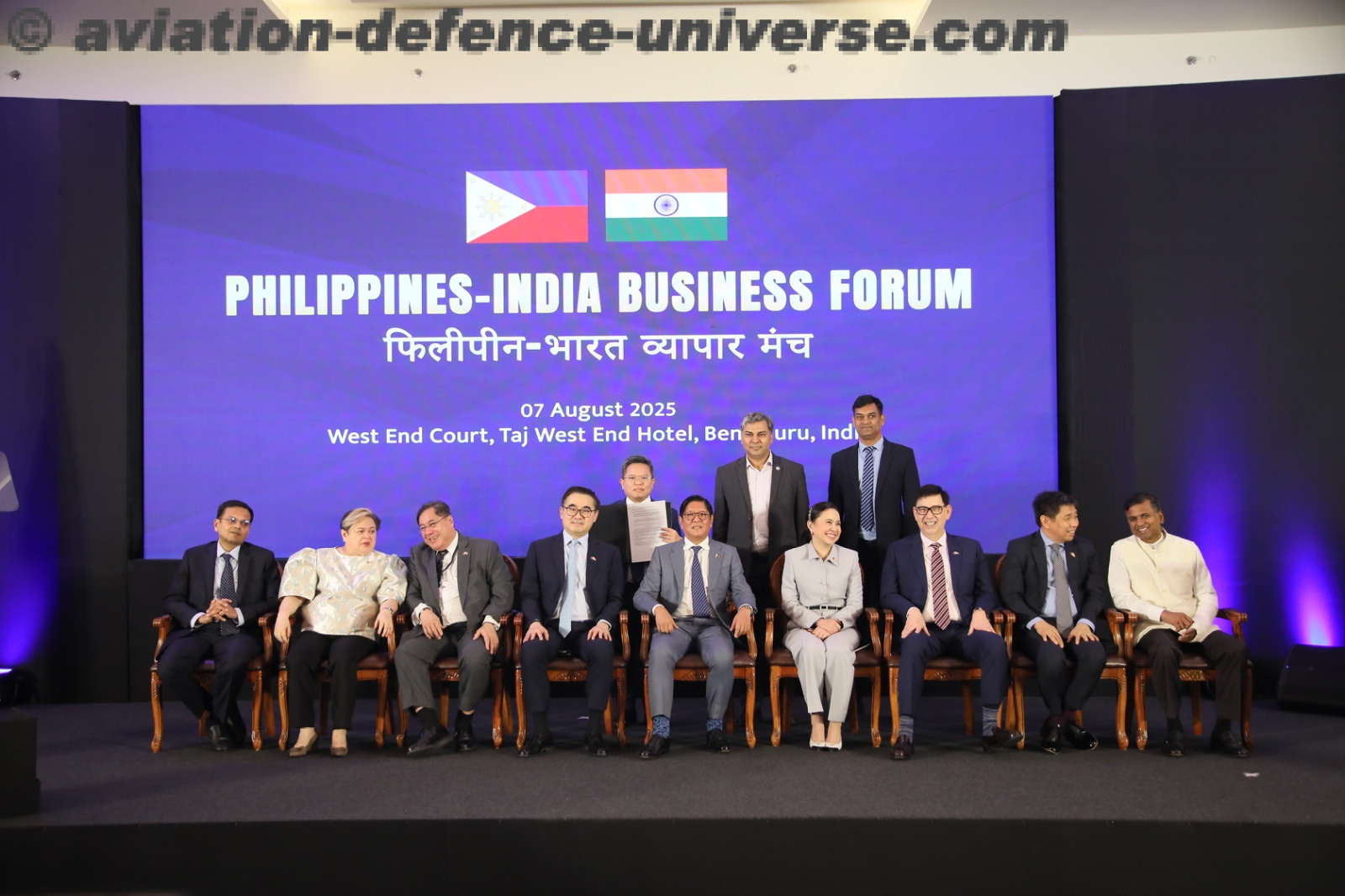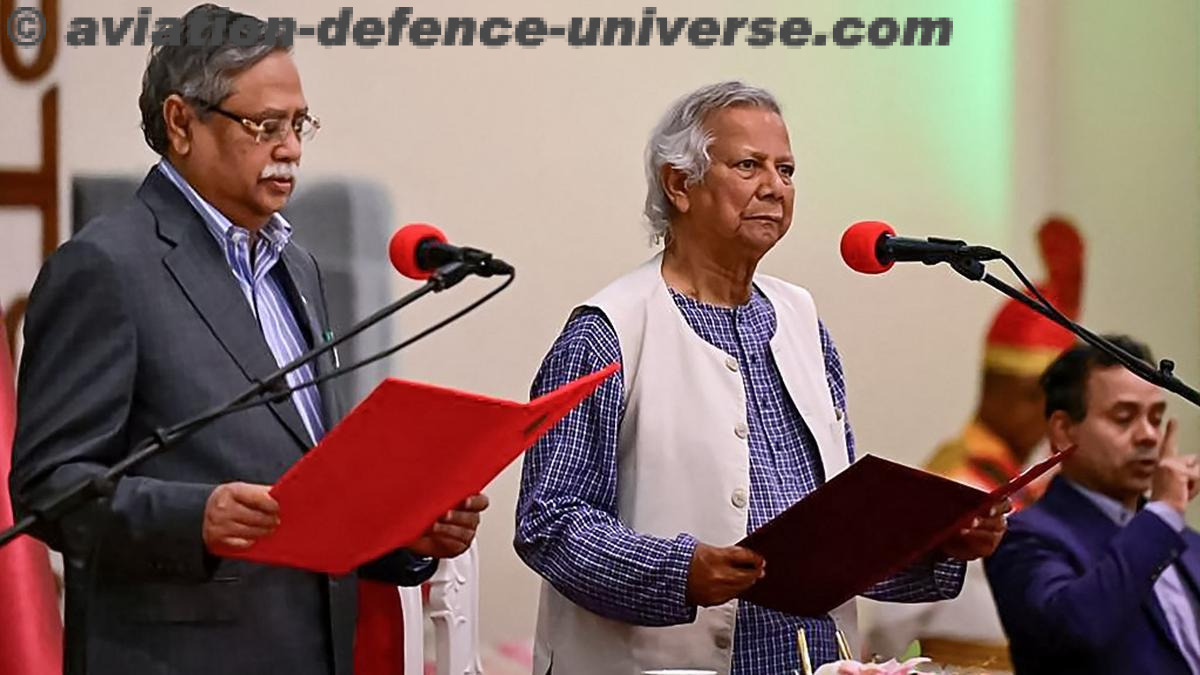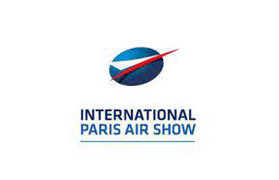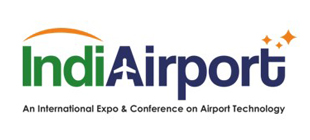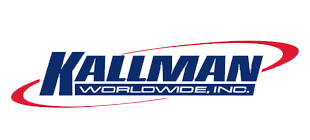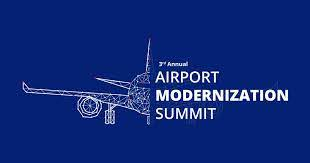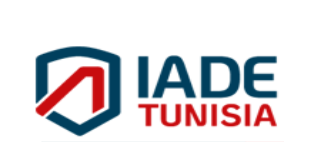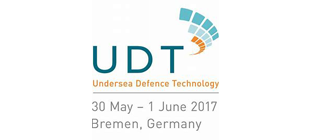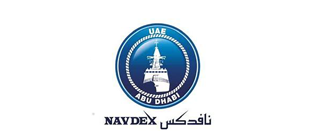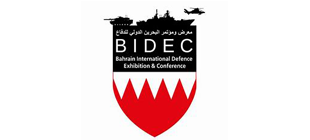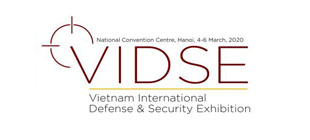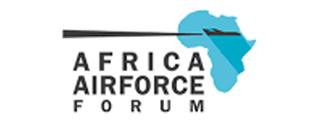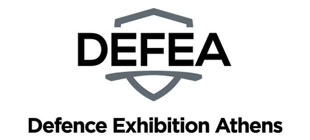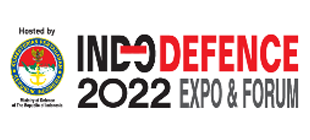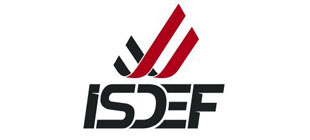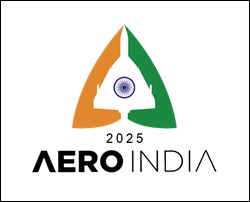By Jayaraj Rajapandian, Head of Aerospace, Rail & Off-highway, Tata Elxsi
Bangalore. In the co-evolutionary interaction of defense innovation and civilian mobility needs, India is undergoing a transformational process, pursuing strategic partners while fixing the urban mayhem of its expanding cities. As the nation walks this double path, two themes are prominent as essential: defense indigenization of Unmanned Aerial Vehicles (UAV) and urban air mobility (UAM). Both are deeply interconnected through common technologies, ecosystem synergies, and policy guidance, setting the basis for a self-sufficient and future-capable India.
Defense Indigenization – Creating Strategic Partners
India, a global leader in defense imports, has struggled with procurement intricacies for years. The historical dependence on overseas suppliers not only makes the nation vulnerable to supply chain disruptions but also engenders long lead times and exorbitant acquisition prices. Additionally, transfer of technology in most of these transactions Challenging, curtailing domestic innovation and production.
These procurement issues are further aggravated by the quickly changing threat assumptions, which call for ongoing improvements in military capability. Legacy procurement practices, bureaucratic delays, and long cycle in decision-making processes have previously slowed the pace of modernization.
A Decade of Policy Reforms: Catalysts of Indigenization
In the last decade, there have been serious policy initiatives to ensure indigenization and decrease import dependence. Policy measures like the Defense Acquisition Procedure (DAP) 2020, the Strategic Partnership Model, and Positive Indigenization Lists for arms and platforms have all emphasized indigenous design, development, and production.
In addition, the introduction of the Innovation for Defense Excellence (iDEX) program has enabled startups and MSMEs to deliver innovative solutions to the defense industry. The development of defense corridors in Uttar Pradesh and Tamil Nadu has picked up pace in infrastructure and investment.
Opening up of FDI for defense production has provided a stimulus to global OEMs to set up manufacturing facilities in India, complementing these reforms. The DPSUs have also been reorganized for better efficiency and competitiveness.
Strengthening the Domestic Supply Chain: From Components to Capabilities
A key driver of indigenization is the creation of a strong local supply chain, including component production, technology collaborations, and expert manpower. Local sourcing of advanced materials, avionics, propulsion technologies, Unmanned Aerial Vehicles (UAV) and microelectronic components is on the rise. Public and private companies are making R&D investments, creating IP, and building infrastructure to address the needs of aerospace and defense.
What is key is the development of ecosystem-level cooperation between defense entities, private sector players, research institutions, and startups that result in end-to-end capability building. India is no longer merely assembling platforms; it is conceptualizing and developing them, including unmanned combat systems, loitering ammunition, and laying roadmap for fifth generation fighter jets.
The “Make in India” program has moved from a manufacturing mission to a strategic that focuses national security, fuels innovation, and provides employment. Large programs such as the indigenous Light and Medium Combat Aircraft (LCA & MCA) Tejas, development of unmanned air vehicles (UAVs), and the indigenous aircraft carrier INS Vikrant are representative of this change.
With Make in India anchoring big defense projects, local suppliers are being fostered, production capacities increased, and the ancillary industry catalyzed. Domestic content in major defence systems has progressively risen, and today India is exporting defense hardware to more than 80 nations. India’s defence exports reached ₹23,622 crore in FY 2024–25, a 12.04% increase from the previous year (Press Information Bureau). The government has set a target of ₹50,000 crore by FY 2028–29 (Press Information Bureau). Source: Ministry of Defence
The coming decade we will witness progress towards complete self-reliance in full-spectrum from foundational technologies to stealth, hypersonic, denied navigation, cyber-defense, and AI-capable platforms.
Participation by the private sector will enhance, defense exports will reach more than $5 billion a year, and India may become a world center for MRO of defense platforms. The goal is obvious: not just to secure the country but to do so with indigenous technology.
India’s Urban Challenge: A Catalyst for Innovation
Growth includes our rapid urbanization, more than 600 million people will live in cities by 2035, putting pressure on infrastructure, making commuting longer, and worsening air quality. Urban transport must be thought about in a radical way, and Urban Air Mobility (UAM) offers an attractive option.
Utilization of manned or unmanned aerial vehicles to ferry individuals around cities via Electric Vertical Take-off and Landing (eVTOL) aircraft, the air taxis, and delivery drones forms the basis of this mobility pattern. Potentially avoiding road jams, decreasing travel time, and minimizing emissions, UAM has the potential to revolutionize Indian mobility.
Barriers to Take-Off: Technology and Ecosystem Challenges
Though potential is vast, so are the challenges. UAM requires technological leaps in battery energy density, self-piloting, light materials, and sophisticated safety features. Technologies are evolving to address traffic projected and navigating across densely populated city skyscrapers is no easy task.
The global airspace is already matured and saturated with defense and commercial aviation. UAM integration would need a unique and advanced air traffic management (ATM), ground infrastructure such as vertiports, and intensive public-private coordination.
Public acceptance and regulatory maturity are also important factors. Safety, price, and noise pollution are issues that should be tackled early in development.
Regulatory Push and Industry Momentum
India has taken lead in shaping the regulations. The Drone Rules 2021, Production Linked Incentive (PLI) schemes, and Digital Sky platform have fostered a facilitative regulatory regime for drone-based operations.
Startups and international players are demonstrating keen interest in the Indian market. A number of Indian firms are designing electric aircraft prototypes, air taxis, and UAM ground infrastructure systems. The collaborations with flagship institutes like IITs, ISRO, and DRDO are closing the gap between research and commercialization.
The Ministry of Civil Aviation is considering frameworks for UAM corridors, and state governments such as Karnataka and Maharashtra are considering pilot projects. International OEMs and local ecosystems are building the ecosystem base gradually for UAM in India.
Global OEMs and Indigenous Aspirations
As with defense, global OEMs will have a two-fold role; first to shape the technology collaboratively and drive production in India through joint ventures. Players like Boeing, Airbus, Embraer, and budding UAM players have shown good interest in operations in India. The nation presents not only a market, but also a possible manufacturing and R&D hub for UAM technologies, recalling the story of defense indigenization.
In the next 10 years, India’s UAM industry could shift from trials to initial adoption in cargo transportation, emergency response, air-ambulance and last-mile delivery. Passenger UAM might begin in controlled environments such as airport-city shuttle services, prior to broader rollouts. Within ~15 years, India could see over 1,000 operational AAM aircraft and around 100,000 daily flights as the ecosystem matures (Fortune India).
With the proper coordination of policy, infrastructure, industry, and consumer confidence, India can dominate low-cost, scalable urban air mobility by innovating for its own differentiated purposes.
Empowering the Convergence of Innovation and Self-Reliance
India’s dual aspirations to fortify its borders with indigenized defense capabilities and to redefine urban mobility through aerial mobility are deeply interlinked. Both depend on aerospace innovation, robust ecosystems, and visionary policymaking. As the country marches towards becoming a global power, defense indigenization and UAM will be the twin drivers driving India towards a future where sky is no longer a limitation, but a platform to secure, to bridge, and to elevate.


